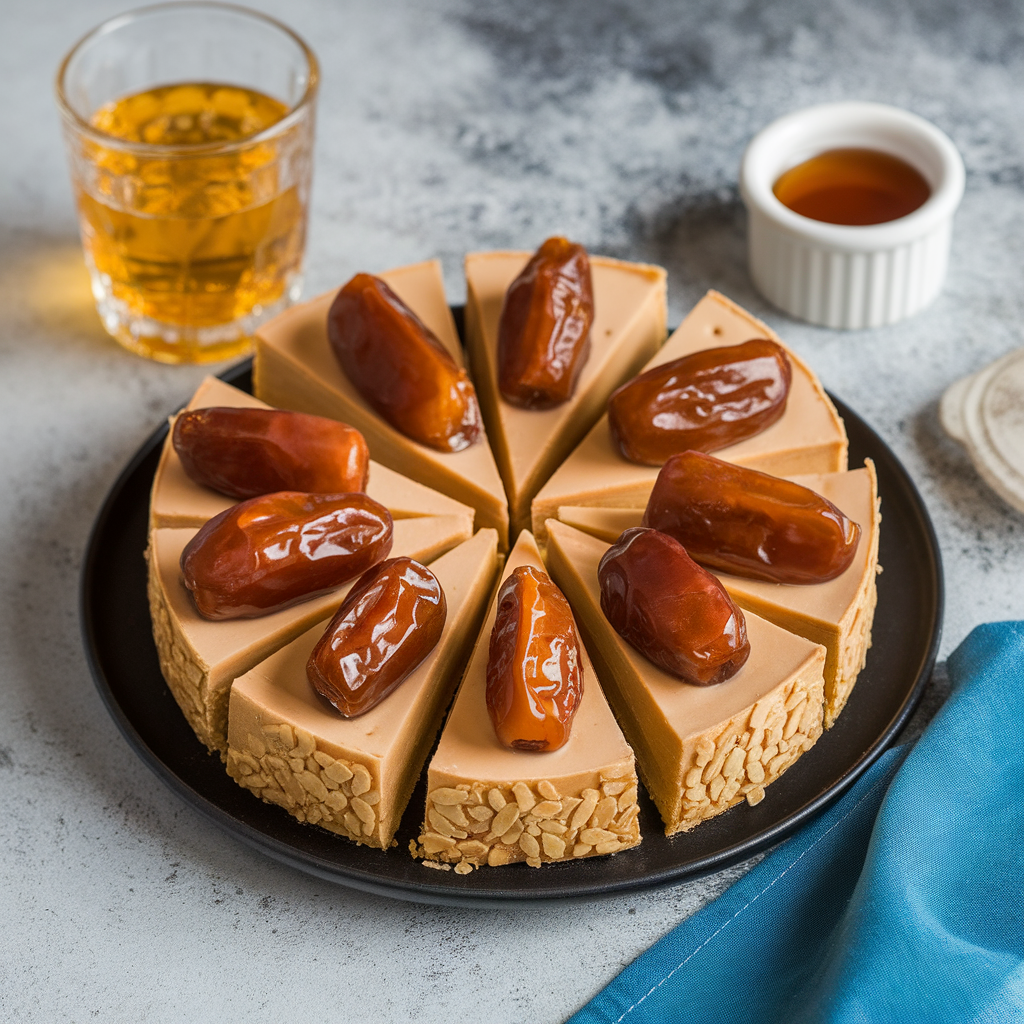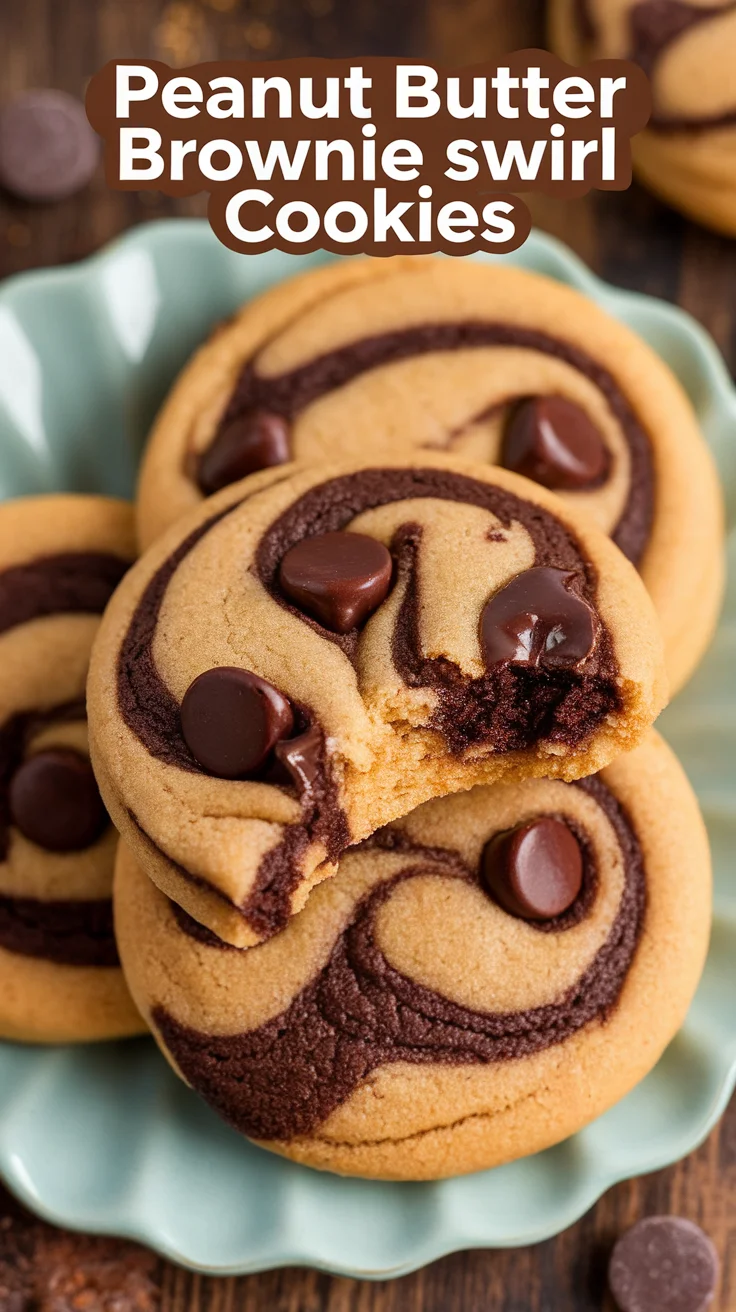Introduction
Chinese Prosperity Cake, also known as Fa Gao (發糕), is a traditional steamed cake that holds deep cultural meaning and festive appeal. Literally translating to “prosperity cake,” this humble dessert is a beloved staple during Chinese New Year, often found at altars, feasts, and celebratory gatherings.
With its distinct split top — said to resemble a blooming flower — Fa Gao symbolizes rising fortune, abundance, and happiness. It’s sweet, fluffy, and beautifully simple, made from basic ingredients like rice flour, brown sugar, and water. Yet, this humble cake delivers a profound punch of heritage and symbolism.
Whether you’re exploring Chinese New Year food ideas, embracing your heritage, or simply trying new Chinese desserts, this recipe for Fa Gao is a delightful addition to your kitchen repertoire.
What is Fa Gao?
Fa Gao is a type of steamed Chinese sweet cake often enjoyed during festivals, especially Lunar New Year. In Mandarin, “fa” (發) means “to rise” or “to prosper,” and “gao” (糕) means “cake,” but also sounds like “tall” (高), another auspicious symbol. Together, this cake represents good luck and success in the coming year.
The cake’s signature cracked top isn’t a flaw — it’s a desired feature. The wider the split, the more prosperity it’s said to bring. These cakes are usually steamed in small cups and come in a variety of flavors, from Chinese brown sugar to coconut, or even jujube cake versions found in Chinese bakeries.
Ingredients
This recipe creates about 10 small prosperity cakes.
Dry Ingredients:
- 1 ½ cups rice flour (not glutinous rice flour)
- ½ Taza de harina para todo uso
- 1 ½ teaspoons baking powder
- ¼ teaspoon baking soda
- Pizca de sal
Wet Ingredients:
- ¾ cup Chinese brown sugar (or dark muscovado sugar)
- 1 cup warm water
- 1 teaspoon vanilla extract (optional)
- ½ tablespoon vegetable oil
Optional Flavors:
- ¼ cup mashed jujube paste (for a jujube cake variation)
- A few drops of red food coloring (symbolizing luck)
- Coconut milk substitute for water (for a tropical twist)

Tools Needed
- Mixing bowls
- Fine mesh sieve
- Measuring cups and spoons
- A steamer or bamboo steamer
- Cupcake molds or small ceramic bowls
- Paper cupcake liners (optional)
Paso a Paso las Instrucciones
Step 1: Prepare the Steamer
Fill your steamer base with water and bring it to a simmer. If you’re using a bamboo steamer, line it with parchment paper or banana leaves to prevent sticking.
Step 2: Dissolve Sugar
In a heatproof bowl, dissolve the Chinese brown sugar in warm water. Stir until completely melted. Add vanilla extract if using. Set aside to cool slightly.
Step 3: Mix Dry Ingredients
In a separate large bowl, sift together the rice flour, all-purpose flour, baking powder, baking soda, and salt. Sifting helps create a smooth and airy batter, ensuring that classic fluffy texture.
Step 4: Combine Wet and Dry
Gradually pour the sugar mixture into the dry ingredients, whisking gently to avoid lumps. Add vegetable oil and stir until well combined. The batter should be slightly thick, similar to pancake batter.
Optional: If making jujube Fa Gao, fold in the mashed jujube paste now.

Step 5: Rest the Batter
Allow the batter to rest for 15–20 minutes. This resting period lets the flour absorb the liquids and improves the cake’s final texture.
Step 6: Pour Into Molds
Line your cupcake molds or small bowls with paper liners if desired. Fill each cup about 90% full — this ensures a nice split top during steaming.
Pro Tip: For the “blooming” effect, use molds with vertical sides rather than flared cupcake liners.
Step 7: Steam
Place molds into the steamer once water is boiling. Steam on high heat por sobre 15–20 minutes. Do not lift the lid while steaming, as this can cause the cakes to collapse.
Step 8: Check and Cool
Check doneness by inserting a toothpick into one of the cakes — it should come out clean. Let the cakes cool slightly before serving.
Tips for Success
- High Heat is Key: Steaming on high heat helps create the characteristic “flowering” top.
- Fill the Cups Well: Filling the molds nearly full allows the cake to rise dramatically.
- Avoid Overmixing: Stir until just combined. Overmixing can make the cakes dense.
- Use Fresh Baking Powder: Expired leavening agents won’t give you that festive rise.
Variaciones para Tratar
1. Jujube Cake (Zao Gao)
Mix mashed dried red dates (jujube) into the batter for a naturally sweet and earthy version. This is a popular variation in Northern China.
2. Coconut Fa Gao
Substitute coconut milk for water and top with shredded coconut for a tropical twist, perfect for Chinese bakery-style vibes.
3. Colorful Prosperity Cakes
Add natural food coloring like beetroot juice (red), matcha (green), or butterfly pea flower (blue) for vibrant, lucky hues.

Cultural Significance
Symbol of Wealth and Success
The Chinese Prosperity Cake isn’t just a treat — it’s a symbolic blessing. The word “fa” (發) is commonly seen on red envelopes and decorations, symbolizing an increase in wealth. Serving Fa Gao during Chinese New Year aligns with the tradition of wishing for a better financial year ahead.
Traditional Offering
During festivals and ancestral worship, Fa Gao is used as an offering on household altars. Its sweet aroma and symbolic shape make it both a culinary and spiritual gift.
A Shared Delight
Much like other Chinese desserts, Fa Gao is usually made in batches and shared among family members, friends, and neighbors — a nod to the community spirit that Chinese New Year promotes.
Sugerencias Para Servir
- As part of a dim sum platter at home
- Served with Chinese tea, like pu-erh or oolong
- As a sweet breakfast item during the 15-day Chinese New Year celebration
- Packaged in festive boxes as a homemade gift
Storage and Reheating
Storage: Keep Fa Gao in an airtight container at room temperature for up to 2 days. Refrigerate for longer storage (up to 5 days).
Recalentar: Steam for 3–5 minutes or microwave covered with a damp paper towel to restore moisture.
Why You’ll Love This Recipe
- Naturally dairy-free and egg-free
- Made with simple pantry ingredients
- A fun baking alternative that requires no oven
- Deeply rooted in Chinese traditions
- Fluffy, moist, and not overly sweet
- Ideal for sharing during holidays and celebrations
Make It with Kids
Want a fun cultural activity to do with your kids during Lunar New Year? Fa Gao is easy enough for little hands to help with. Let them mix the batter, choose colors, or watch the cakes bloom in the steamer. It’s a fun way to teach cultural heritage and food traditions.
Pair With Other Chinese New Year Recipes
Round out your holiday menu with other lucky and delicious Chinese treats:
- Nian Gao (Sticky Rice Cake)
- Tang Yuan (Sweet Glutinous Rice Balls)
- Longevity Noodles
- Pineapple Tarts
- Spring Rolls
Reflexiones Finales
El Chinese Prosperity Cake (Fa Gao) is more than just a sweet bite—it’s a bite of tradition, a bite of family, and a bite of hope. In every fluffy, split-topped cake lies a cultural wish for rising luck, growing wealth, and blooming success. Whether you’re honoring ancestral customs or exploring new culinary horizons, this recipe is a perfect blend of simplicity, symbolism, and sweetness.
As you prepare these cakes for Chinese New Year or any festive occasion, know that you’re not just cooking — you’re participating in centuries of joyful, meaningful celebration.


